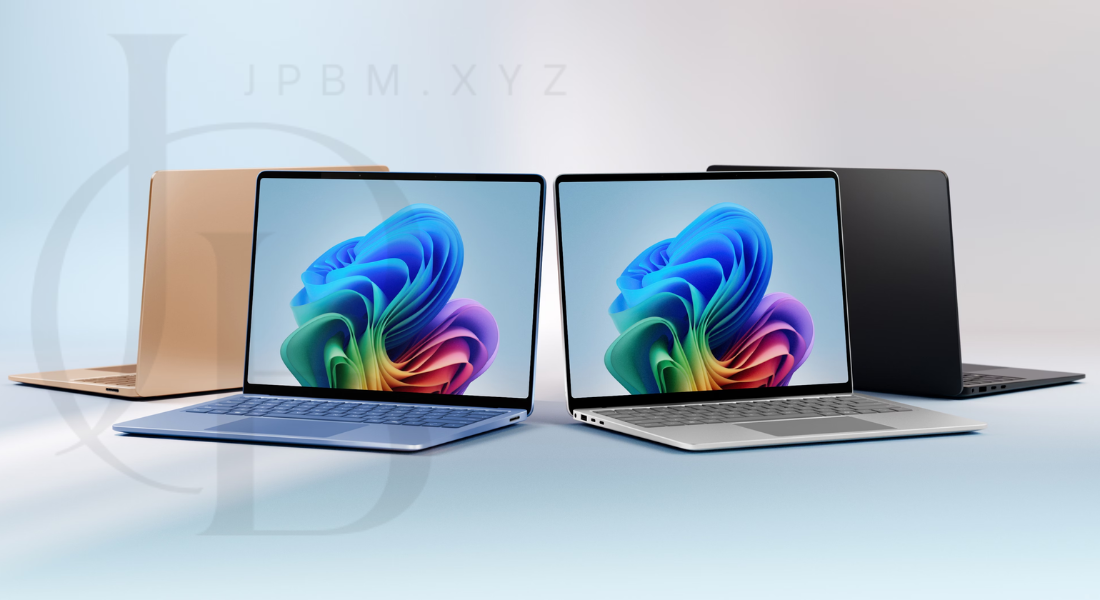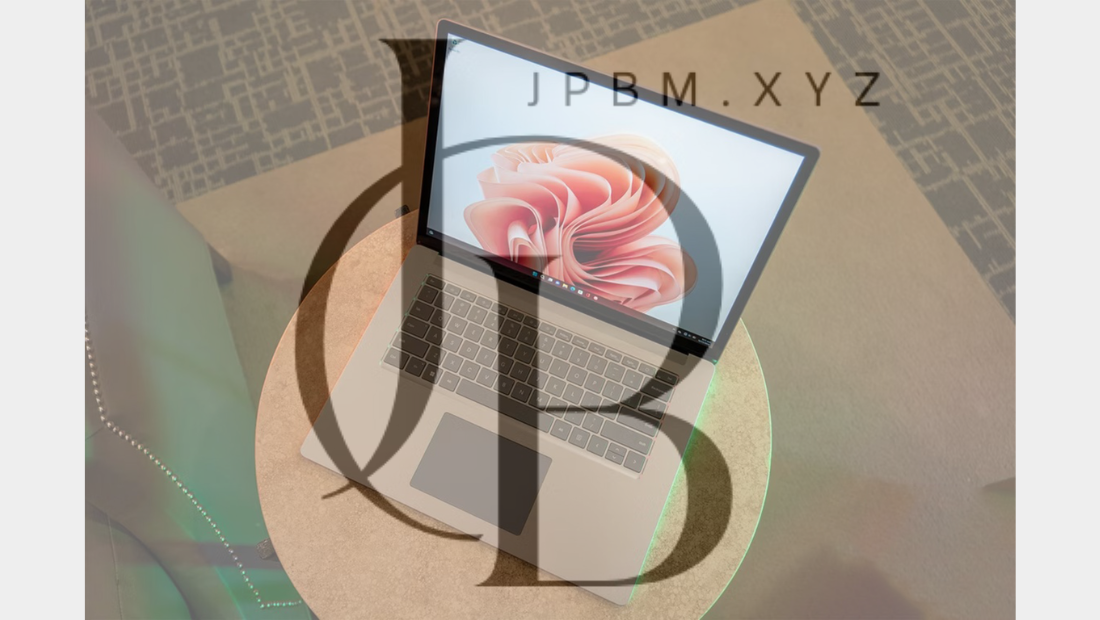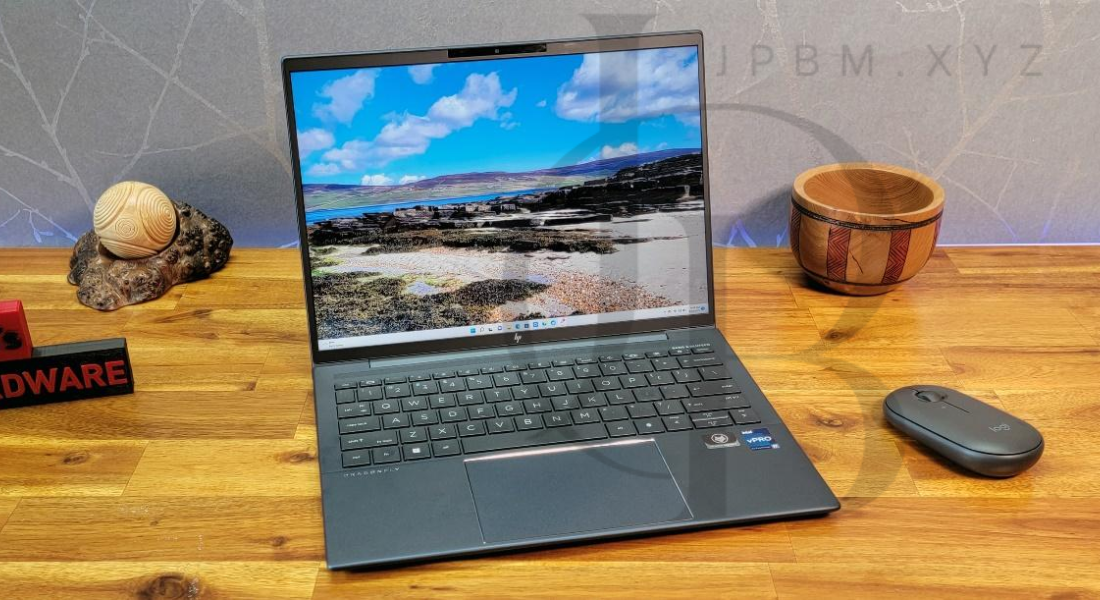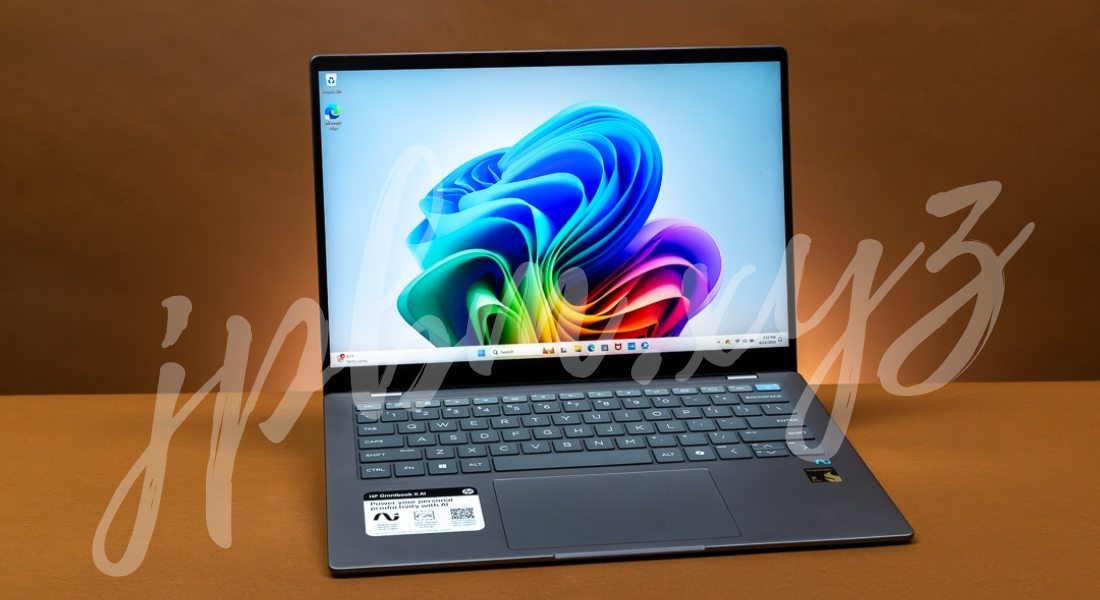The world of personal computing has undergone a significant transformation over the past few decades. Among the many companies that have shaped this evolution, Microsoft has stood at the forefront with its groundbreaking innovations, particularly in laptop design. From the early days of bulky laptops to the sleek and powerful devices we see today, Microsoft has continually pushed the boundaries of what’s possible. In this article, we’ll delve into the journey of Microsoft laptop design innovation, examining the key advancements that have made their laptops stand out in an increasingly crowded market.
The Origins of Microsoft Laptop Design Innovation
When Microsoft first entered the laptop market, it wasn’t immediately known for its hardware. Instead, the company focused on software, with Windows becoming the dominant operating system in personal computing. However, as the market for personal computing devices grew, Microsoft began to recognize the potential in creating its own hardware. In 2012, the company introduced the first Microsoft Surface device, a hybrid between a laptop and a tablet, marking a pivotal moment in the company’s journey into hardware innovation.
This initial foray into hardware signaled Microsoft’s ambition to design and produce devices that integrated both software and hardware seamlessly. The Microsoft Surface was designed with the goal of offering a versatile and user-friendly experience. With its detachable keyboard and touch-sensitive screen, it set the stage for a new generation of hybrid laptops. This marked the beginning of what would become a series of design innovations aimed at enhancing both aesthetics and functionality.
The Design Philosophy Behind Microsoft Laptops
Microsoft’s design philosophy for laptops revolves around several core principles: simplicity, functionality, and user experience. Each new iteration of their laptops builds upon these principles, aiming to create a device that’s not only beautiful but also incredibly efficient and easy to use. The company has continually strived to make laptops that cater to the needs of a wide range of users, from students to professionals.
One of the standout features of Microsoft laptops is their focus on thin and lightweight designs without compromising performance. This emphasis on portability has made Microsoft laptops, particularly the Surface line, ideal for people who are always on the go. The inclusion of premium materials such as magnesium alloy and aluminum ensures that Microsoft laptops are both durable and aesthetically pleasing.
In addition to physical design, Microsoft has placed a strong emphasis on the user experience. From the intuitive Windows operating system to features like Surface Pen support for creativity and precision, every element of Microsoft laptops is designed with the user in mind. The company continually listens to feedback from its customers, incorporating their suggestions into future iterations of its devices.
The Role of Display and Screen Technology
One of the most notable innovations in Microsoft laptop design has been its focus on screen technology. Microsoft has introduced high-resolution PixelSense displays in its Surface devices, offering vibrant colors and sharp details that make them ideal for both work and entertainment. The introduction of 3:2 aspect ratio screens further distinguishes Microsoft laptops from many of their competitors, providing more vertical screen space for users to work with.
This aspect ratio is particularly beneficial for multitasking, making it easier for users to work with multiple windows side by side. Microsoft’s commitment to screen quality is also evident in its use of Corning Gorilla Glass, which provides additional durability and resistance to scratches and cracks. Whether for professional use or casual browsing, the display quality of Microsoft laptops is a key factor in their widespread popularity.
Innovation in Performance and Battery Life
While design and aesthetics are crucial elements of any laptop, performance and battery life are perhaps even more important. Microsoft has consistently made strides in improving the performance of its laptops without sacrificing battery life. The Surface Laptop 3, for example, introduced Intel’s latest processors, providing faster speeds and greater power efficiency. The inclusion of solid-state drives (SSDs) in Surface devices also helped improve boot times and data transfer speeds, making Microsoft laptops faster and more responsive than ever before.
Battery life has been another area where Microsoft has made significant advancements. With the Surface Laptop 4, users can enjoy up to 32 hours of battery life, depending on the configuration and usage. This kind of performance makes Microsoft laptops ideal for people who need a reliable device that can last throughout a full day of work or study.
The Rise of Hybrid Laptops: Surface Pro and Beyond
The Microsoft Surface Pro series is another significant example of the company’s commitment to innovation. As the line between tablets and laptops continues to blur, Microsoft has managed to create a series of devices that can seamlessly transition between both. The Surface Pro’s detachable keyboard, coupled with its responsive touch screen and Surface Pen support, makes it the ultimate hybrid device.
The Surface Pro 7, for example, offers impressive power and versatility, with the ability to run full desktop applications while maintaining the portability of a tablet. The Surface Pro X takes this a step further with ARM-based processors, offering an ultra-thin and lightweight design with always-connected features like LTE connectivity. The ability to use these devices in multiple ways makes them perfect for a wide range of users, from business professionals to creative artists.
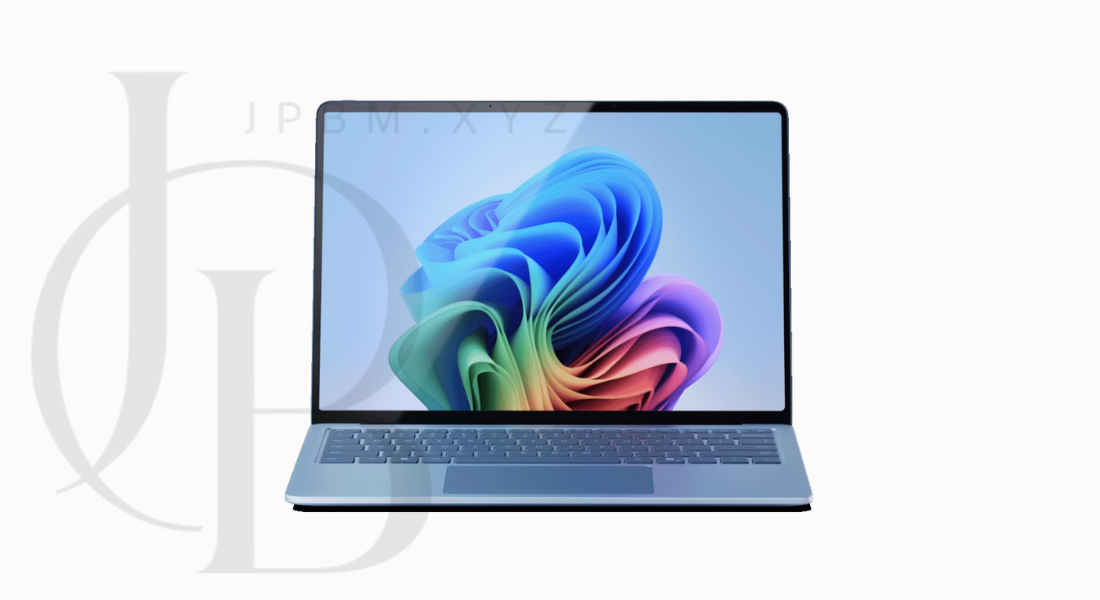
Sustainability and Future-Proof Design
As the world becomes more environmentally conscious, Microsoft has also made efforts to reduce the environmental impact of its devices. The company has committed to sustainability by incorporating recycled materials in the design of its laptops. The Surface Laptop 4, for example, uses recycled aluminum and is manufactured with a focus on reducing waste and energy consumption.
Looking to the future, Microsoft’s commitment to innovation doesn’t show signs of slowing down. The company is continuously exploring new technologies such as foldable screens, artificial intelligence, and cloud computing integration. These advancements have the potential to reshape the way we interact with laptops, offering even more functionality and versatility in the years to come.
The Competitive Edge: Why Microsoft Laptops Stand Out
In a market dominated by tech giants like Apple, Dell, and HP, Microsoft laptops manage to carve out a unique niche. Their focus on user experience, coupled with cutting-edge design and technology, sets them apart from the competition. The seamless integration between hardware and software gives Microsoft laptops a distinct edge, as the company controls both the operating system and the hardware, ensuring optimal performance and reliability.
Furthermore, Microsoft’s attention to design details, such as the inclusion of ultra-responsive screens, premium materials, and slim profiles, makes their laptops some of the most visually striking on the market. Whether it’s the Surface Laptop or the Surface Pro, each device reflects the company’s commitment to quality and innovation.
Conclusion: The Future of Microsoft Laptop Design Innovation
Microsoft laptop design innovation has come a long way since the company first ventured into the hardware market. Through a combination of cutting-edge technology, user-centric design, and a commitment to sustainability, Microsoft has established itself as a leader in the laptop industry. As we look to the future, it’s clear that the company will continue to push the boundaries of what’s possible in laptop design, integrating new technologies and refining existing ones to create devices that are not only functional but also beautiful and sustainable.
In a world where technology is constantly evolving, Microsoft’s laptop design innovations provide a glimpse into what the future of personal computing could look like. With each new iteration, the company manages to blend form, function, and sustainability in ways that few competitors can match, making Microsoft laptops a top choice for users around the world.
